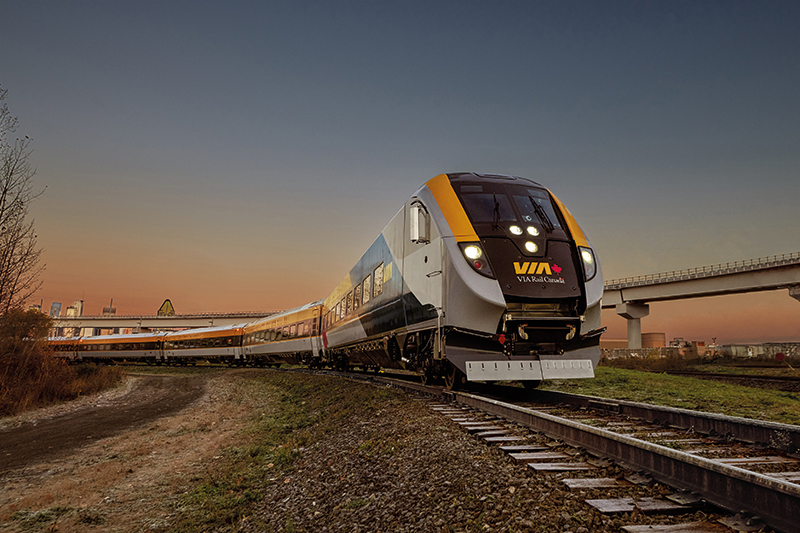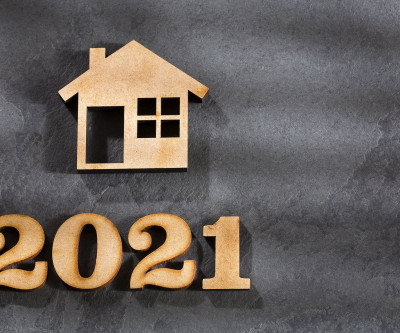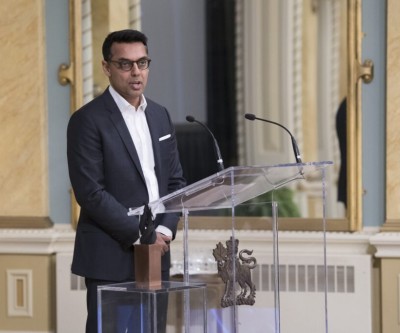Latest News
- Four years after Indigenous woman dies in Niagara Hospital, family still waiting for coroner's investigation
- Lawyer: British Columbia RCMP officer should be fired or resign immediately
- B.C. government looks to offer loan guarantees to property owners in Cowichan Aboriginal title area
- Uber driver's account in Toronto suddenly deactivated; only source of income cut off after 'duplicate account' claim
- TDSB education chief fired by provincial supervisor; sweeping changes at Canada's largest education board
Latest Ads
-
Jasmine Jewel
Call
-
Omidan group
Call
-
Amir Madanpour
Call
-
Dimo studio
Call
-
Yorkacademy
Call
-
Maryambagheri
Call
-
Shishlix Restaurant
Call

Can high-frequency rail help growing transport woes in Ontario and Quebec?
As Canada’s population continues to grow, high-frequency rail could play an important role in helping ease transportation woes among some of the country’s most populous areas and offset some reductions in service from airlines, experts say.
On Wednesday, WestJet said in a statement that it would be discontinuing service between Toronto and Montreal until April 2024, and a CN Rail outage hit VIA and commuter trains across Ontario earlier in the week.
Those announcements might have short-term implications, but they highlight regional transportation problems that are destined to become more pronounced in the near future.
“When you’re adding 100,000 people to the (Greater Toronto Area) every year, you’re adding roughly 60,000 cars. All I can tell you is 10 years from now, it’s going to be much worse,” said James McKellar, professor emeritus of real estate and infrastructure at York University’s Schulich School of Business
Rising gas prices, limited flight options and anxieties around the future of climate change have led to debates around what is the most efficient way for Canadians to get around.
In Canada, the federal government is banking on a 1,000 km high-frequency rail link between Quebec City and Windsor, which would stretch between Canada’s two largest cities, Toronto and Montreal, and help address the transportation woes of Canada’s most densely populated corridor.
The high-frequency rail line would run from Quebec City, and pass through Trois-Rivieres, Montreal, Ottawa, Peterborough, and Toronto. The government says high-frequency rail would run on tracks limited to passenger traffic, and would therefore offer travellers more trains to choose from and greater reliability. When connected with Ontario’s GO Train network and other passenger services between Toronto and Windsor, this rail corridor could serve nearly half of Canada’s population.
In July this year, then-transport minister Omar Alghabra said the race to build the project was now down to three private consortiums. One of them will be picked as the private developer partner, which will work collaboratively with VIA Rail on the line.
A Transport Canada spokesperson on Thursday told Global News that the next stage is the Request for Proposals or “RFP” process, under which each of the three final contenders will be asked to submit their respective proposals.
.
Suggested Content
Latest Blog
Login first to rate.
Express your opinion
Login first to submit a comment.
No comments yet.


































